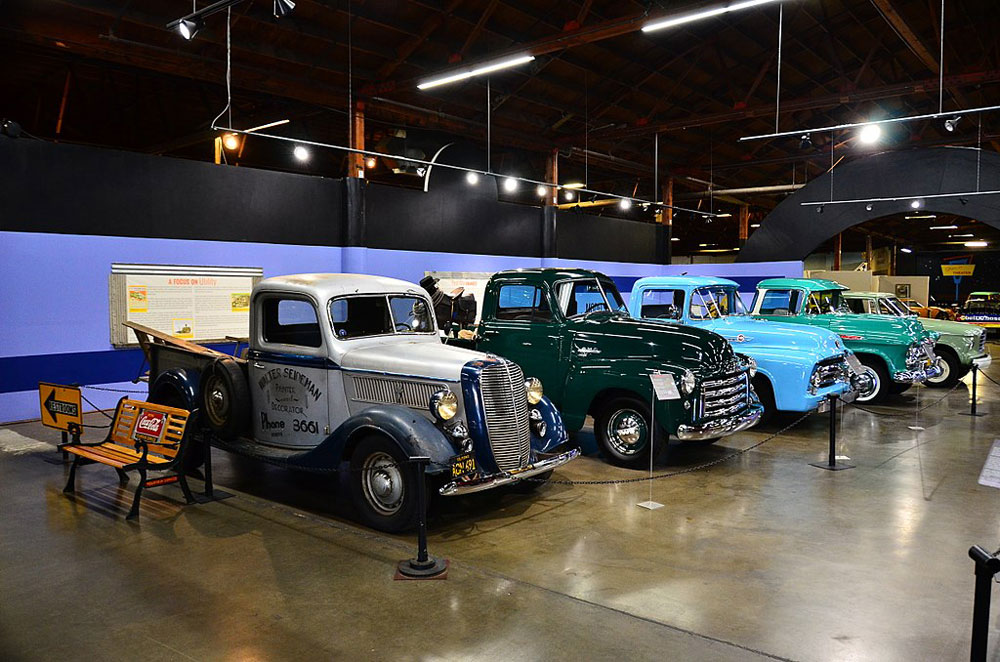
April 14, 2020; CBS Sacramento
When NPQ recently did a summation of what happened to nonprofits during the last recession, one thing we found was that they turned out to be highly resilient. If one revenue source dries up, they will quickly try to expand into another, strategizing on an ongoing basis not only around cash revenue, but on ways to employ other forms of capital. This can lead to the kind of homegrown creativity that makes for organizational legend.
A case in point is the California Automobile Museum, which usually makes its money doing what it cannot do right now—charge people to view exhibitions. So far, CAM has had to furlough their 10 employees and delay payments on their roof loan, but its budget is still $20,000 a month.
“We rely on keeping our doors open to make our bottom line,” executive director Mark Steigerwald says, explaining that their two months of cash reserves don’t even begin to scratch the surface of a shutdown lasting more than two weeks.
What to do? If some people were not obsessed with old cars, of course, there would be no CAM, so appealing to that passion makes good sense. So, the museum has become, temporarily at least, less transactional and more of a joint endeavor. Members were asked to renew their memberships early and to donate their own cars, RVs, or boats to be sold to scrape up some extra cash.
Sign up for our free newsletters
Subscribe to NPQ's newsletters to have our top stories delivered directly to your inbox.
By signing up, you agree to our privacy policy and terms of use, and to receive messages from NPQ and our partners.
“We have already got two new vehicles promised to us in the last two days,” Steigerwald says. “That will help meet the bottom line.” He adds that the museum is also considering renting out some classic cars.
What we like about these plans is that they are connected to mission in a very real way. CAM aren’t selling carrot cookies by special order; they are appealing to their current community with every car-related strategy they can think up. They are engaging their constituents in common cause through a time of great difficulty, and through that, they might learn a thing or two.
Still, Steigerwald says timing will matter greatly in the museum’s ability to survive.
Readers may remember, while we are on the subject of car enthusiasts, the great 2014 National Corvette Museum disaster in Kentucky, when a sinkhole opened up under the museum and swallowed up some of its prize exhibits. Making the best of a bad situation, the museum soon opened up the car filled sinkhole to public viewing. Eventually, the temporary exhibit became permanent, with a resultant 60 percent increase in attendance in the last quarter of 2014. The stuff of legends, to be sure.—Ruth McCambridge













